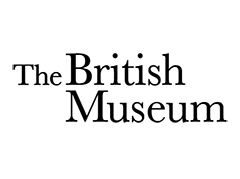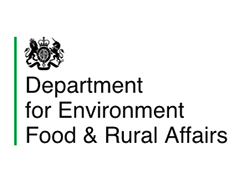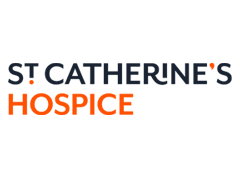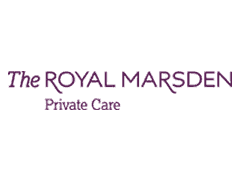With COVID-19 resulting in millions of people worldwide in a form of lockdown, Google has reported that average internet usage has increased up to 60% in some cases. This presents a huge opportunity for businesses to reach larger audiences and potential consumers.
In response to this increase, Google has launched an extremely lucrative opportunity for retailers to sell using Google shop completely free!
How this helps you
Launching in the middle of October for Europe, the Middle East and Africa, the free feature has already experienced substantial success rates in the United States. Previously, retailers had to pay for listing their products on the Google shopping tab but with the effects of the coronavirus on economies, listing on the Google shopping tab freely presents opportunities to connect and engage with new customers.
Although the listings will appear on Google, this does not mean that retailers are required to be already advertising on Google or sign up to one of the search engines packages. The primary service of offering free listing is to connect shoppers with a larger array of retailers and product options.
It is highly recommended for you to optimise this feature quickly upon its release, it will ensure that your products are listed accurately and it is integrated well with your business in time for one of the busiest shopping periods.
For shoppers, this means that they can discover a greater range of their searched product from different stores exposing them to new retailers. For businesses, this feature will allow for free exposure to the millions of people worldwide who use Google for their online shopping.
Boosting Google Ad performance
For retailers who use Google for advertising purposes, this means that their paid campaigns are now able to be enhanced with these listings. For users of Google Merchant Shopping or Shopping Ads, Google will automatically update your content to benefit from these lists.
Google has recently reported that retailers in the United States who have been combining their paid campaigns with these free listings have received on average twice as many views and 50% more website visits.
Whilst being beneficial across businesses, Google has further reported that small and medium-sized businesses have seen the largest increase since using the shopping tag with free listing.
For those not advertising, Google has announced that the onboarding process for the service will be as straight forward as possible to ensure maximum benefits.
How to list products on Google Shopping
To benefit from this, you’ll need to create a free Google Merchant Center and create a feed for each of your products that you wish to list. It is important to note that Google does restrict listings for products which are illegal, regulated or contain a sensitive nature.
Each product you list is required to have the following:
- ID – Unique for each item you sell.
- Title of product
- Description up to 5,000 characters.
- Link to the product’s main page.
- Image URL Link
- Price of product
- Brand name
- The Global Trade Item Number – used by manufacturers this helps identify their products across different third-party retailers. If unsure, Google can help you find this.
Optimise your listings
We always recommend optimising your content when being published online and using the shopping tab is the same. Although the requirements of the Google Shop listing are fixed, you remain able to optimise your content to best stand out to consumers.
Product title
This needs to be clear and understandable for the consumer; there should be a maximum of one keyword which should be as close to the beginning as possible (i.e. Luxury silk bedding).
Product image
The image needs to be clear, whole and understandable. It must show the entire product and look professional; the image will be the first thing potential customers see so choose a picture with them in mind.
Product Category
The product category is for the benefit of Google’s algorithm and the category you select will have a large impact on getting your content seen. The more relevant your categories are the better chance your listing will appear higher on the Google Shopping results page.
You have to select from Google’s Product Taxonomy, with over 6,000 categories and subcategories we recommend being as decisive as possible.
It is better to choose for example:
Arts & Entertainment > Hobbies & Creative Arts > Collectibles > Sports Collectibles > Autographed Sports Paraphernalia > Baseball & Softball Autographed Paraphernalia
As opposed to:
Arts & Entertainment > Hobbies & Creative Arts > Collectibles > Autographs
Product type
The product type is your chance to refine the product category, although it is optional we highly recommend it as when Google Bots crawl your content for relevance; they can highlight the specific element of the category your product applies to.
Carrying on the autographed paraphernalia example, the product type can tell Google the specific team the paraphernalia belongs to.
Product Description
We recommend the same principles in the product description as we do for product descriptions on your site, to be clear and concise yet add secondary keywords which have not made the title.
The description needs to make an informative statement but does not need to be longwinded. It must always remain on topic and should not be stuffed with keywords to the point it is not organic. If possible, have the keywords used towards the beginning of the description following the product statement format.
Get in touch to discover how we can help you get ready for the feature’s roll out this month and be readily optimised for reaching new customers.










